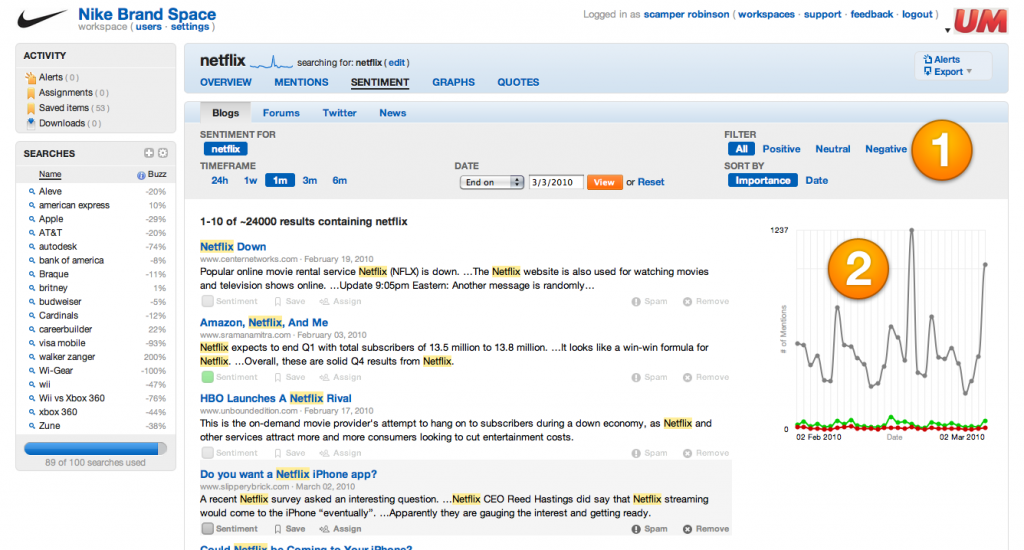I have a rather awkward subject to discuss. The last time I brought it up in mixed company, someone slapped me. But I’m going to do it anyway, because it’s worth discussing.
Natural language processing and semantic analysis allows us to extract sentiment from documents. Marketing organizations and community managers rely on tools from Scoutlabs, Radian6, and others that try to understand how online communities feel about their brands and products.
As we share more of our lives online, there’s more to analyze. Researchers from Northeastern University and Harvard University analyzed Twitter’s mood over the day. This kind of sentiment analysis can look at someone’s online messages and decide whether they’re angry or content, happy or sad. Given data over time, it can likely recognize patterns of mood, even cycles.
Such as those that occur every twenty-eight days.
(It’s at this point that my dinner companion launched a well-aimed palm at my somewhat scruffy chin.)
Read more »








 @
@
 Tags:
Tags: 




 Like all images on the site, the topic icons are based on images used under Creative Commons or in the public domain. Originals can be found from the following links. Thanks to
Like all images on the site, the topic icons are based on images used under Creative Commons or in the public domain. Originals can be found from the following links. Thanks to